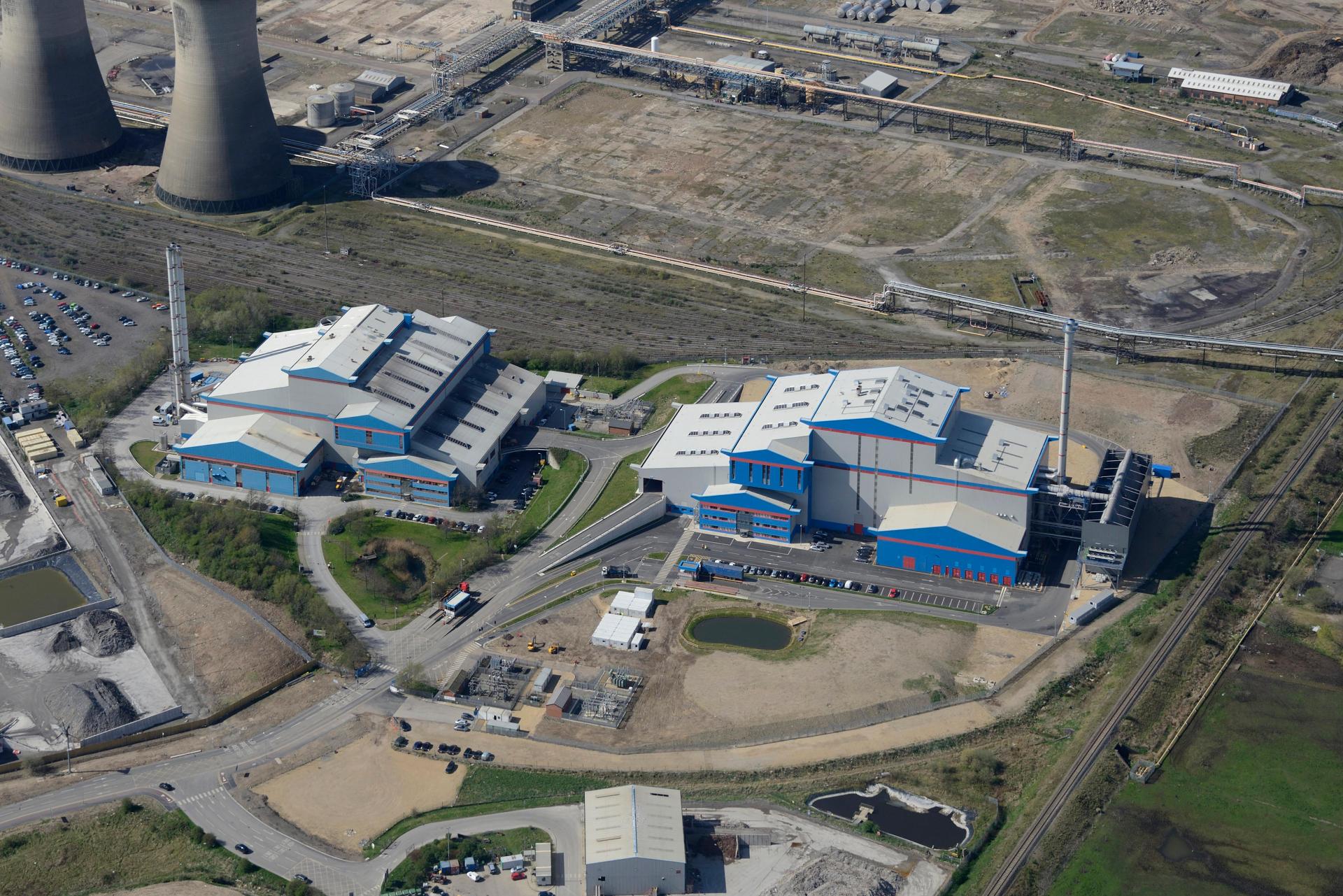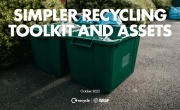Energy-from-waste costs could rise 50 per cent under UK ETS expansion plans
SUEZ-commissioned report identifies cost mitigation strategies for local authorities facing energy-from-waste price increases when facilities join UK Emissions Trading Scheme from 2028
 Energy-from-waste gate fees could increase by approximately 50 per cent when facilities are included in the UK Emissions Trading Scheme (ETS) from 2028, according to a new report commissioned by SUEZ recycling and recovery UK.
Energy-from-waste gate fees could increase by approximately 50 per cent when facilities are included in the UK Emissions Trading Scheme (ETS) from 2028, according to a new report commissioned by SUEZ recycling and recovery UK.
The report, authored by consultancy Ceres Waste, Renewables & Environment, estimates that bringing energy-from-waste into the UK ETS will see gate fees rise by around £48 per tonne, with local authorities facing particular cost pressures as they provide around three quarters of waste treated via energy recovery. The analysis assumes baseline gate fees of £110 per tonne, slightly below WRAP's current median figure of £121 per tonne.
The UK Government announced plans in July 2023 to include waste incineration and energy-from-waste facilities in the UK ETS from 2028, following a two-year monitoring and reporting period starting in 2026.
Ceres used SUEZ's extensive waste data, collected over 14 years and containing more than 30 million records of waste composition data, alongside publicly available information to model potential cost mitigation strategies.
The analysis found that local authorities can reduce their ETS exposure by between 37-56 per cent through proven interventions to increase diversion rates of fossil carbon-based materials, with lower-performing authorities having greater scope for improvement.
The analysis reveals the economic case for waste reduction and recycling improvements. Because ETS will increase the cost of sending waste to energy-from-waste facilities, local authorities can justify spending more on preventing that waste in the first place.
Specifically, councils could spend up to £154 per tonne on waste prevention initiatives - such as repair schemes or reuse programmes - in 2028 and still break even compared to paying the higher energy-from-waste costs. This figure rises to £175 per tonne by 2040 as carbon prices are expected to increase further.
According to the report, for recycling improvements, authorities could invest up to £102 per tonne in 2028 on enhanced collection services or sorting facilities while remaining cost-neutral. This investment threshold increases to £122 per tonne by 2040. Any service improvements delivered below this level would generate net savings for councils.
"The majority of councils have opportunities to positively act in response to this policy reform, and they can be masters of their own destiny," said John Scanlon, Chief Executive Officer of SUEZ recycling and recovery UK. "It shows there is cause for optimism, for many it's not a case of radical service change. Instead, it's an opportunity to extend and improve existing services that are well-liked by their residents."
The report states that implementing Simpler Recycling could enable councils to mitigate significant portions of their ETS costs. For a predominantly urban authority currently achieving 26 per cent recycling rates, implementing Simpler Recycling could increase rates to approximately 40 per cent, diverting an additional 9,000 tonnes per annum from energy-from-waste and reducing costs by £1.1 million per 100,000 households in 2028.
Policy recommendations
The research identified several barriers to effective cost mitigation and makes recommendations for policymakers. These include providing regulatory certainty around ETS implementation, particularly regarding fossil carbon measurement in residual waste.
"Policy makers have more work to do to ensure bringing energy-from-waste into the Emissions Trading Scheme achieves the overall goal of reducing the carbon impact of managing waste," Scanlon said.
The report recommends zero-rating wastes that must be treated via energy-from-waste to protect the environment, such as items containing persistent organic pollutants. It also calls for recognition that some local authorities face demographic challenges that limit their ability to significantly improve recycling rates, such as areas with high proportions of flats, transient populations, or diverse communities where behaviour change programmes may be less effective.
Simone Aplin, Director of Ceres Waste, Renewables & Environment and report author, noted that early investment in service improvements is crucial. "In modelling the opportunities for mitigating ETS costs, we were pleased to be able to show that these costs can be significantly reduced with early investment in service improvements," she said.
The report identifies that targeting materials with the highest fossil carbon content - including plastic items, waste electrical and electronic equipment, synthetic textiles and absorbent hygiene products - will deliver the greatest ETS cost savings per tonne diverted.
The analysis also highlights the importance of ensuring Extended Producer Responsibility funding provides real increases to local authority waste management budgets rather than offsetting existing funding, to enable investment in the service improvements needed to reduce ETS costs.






